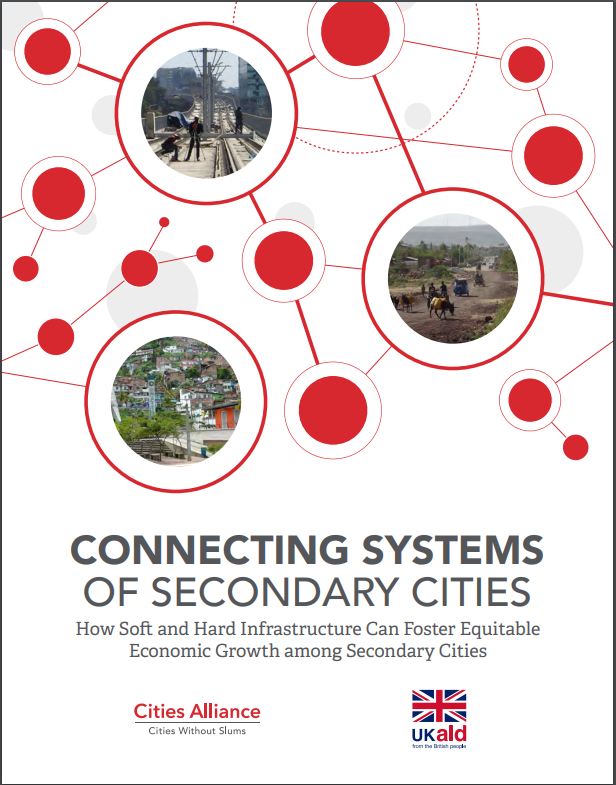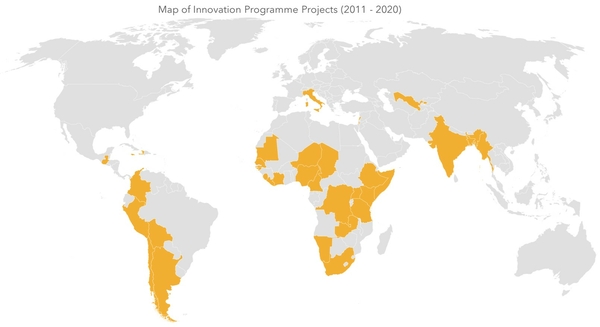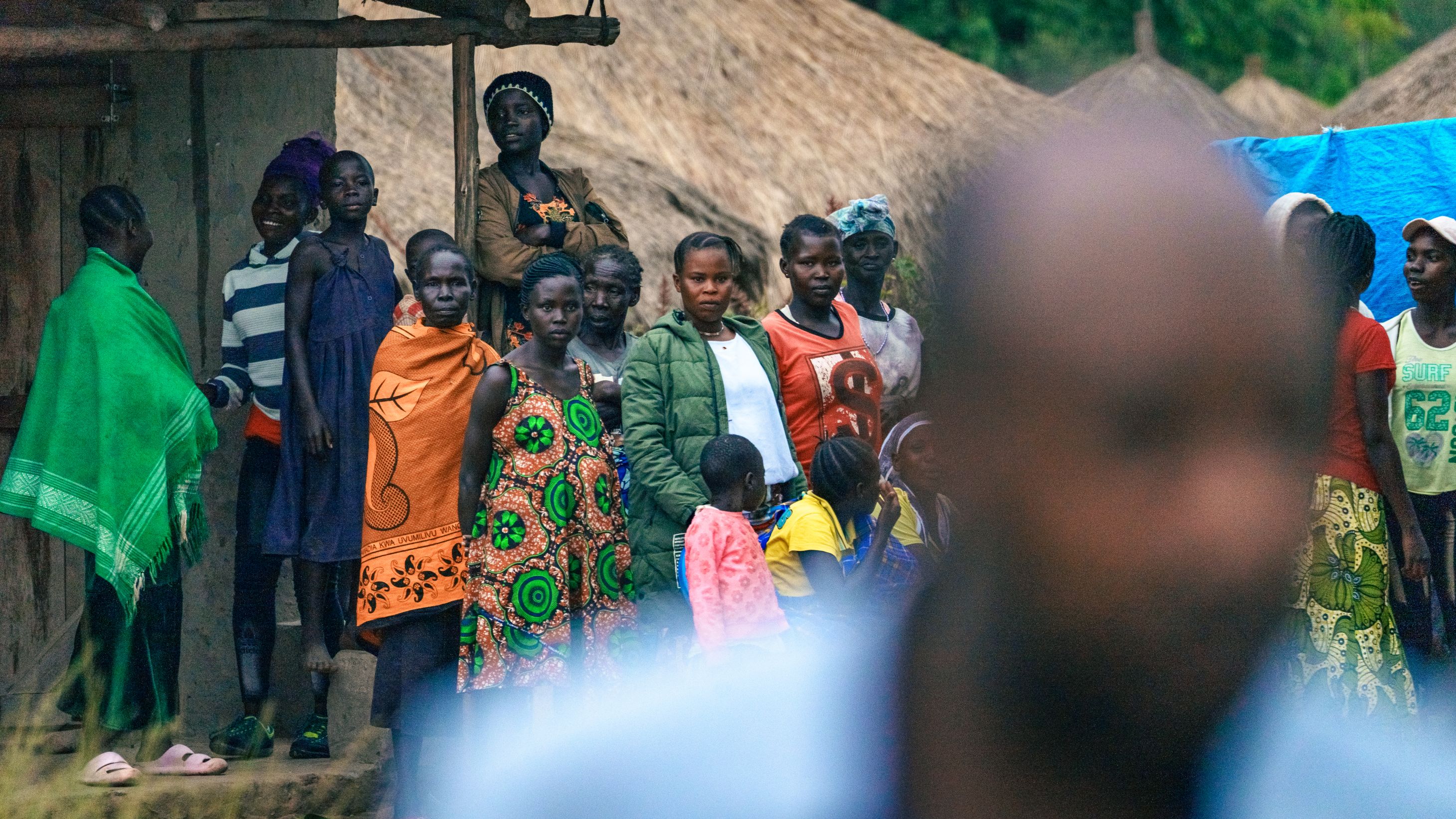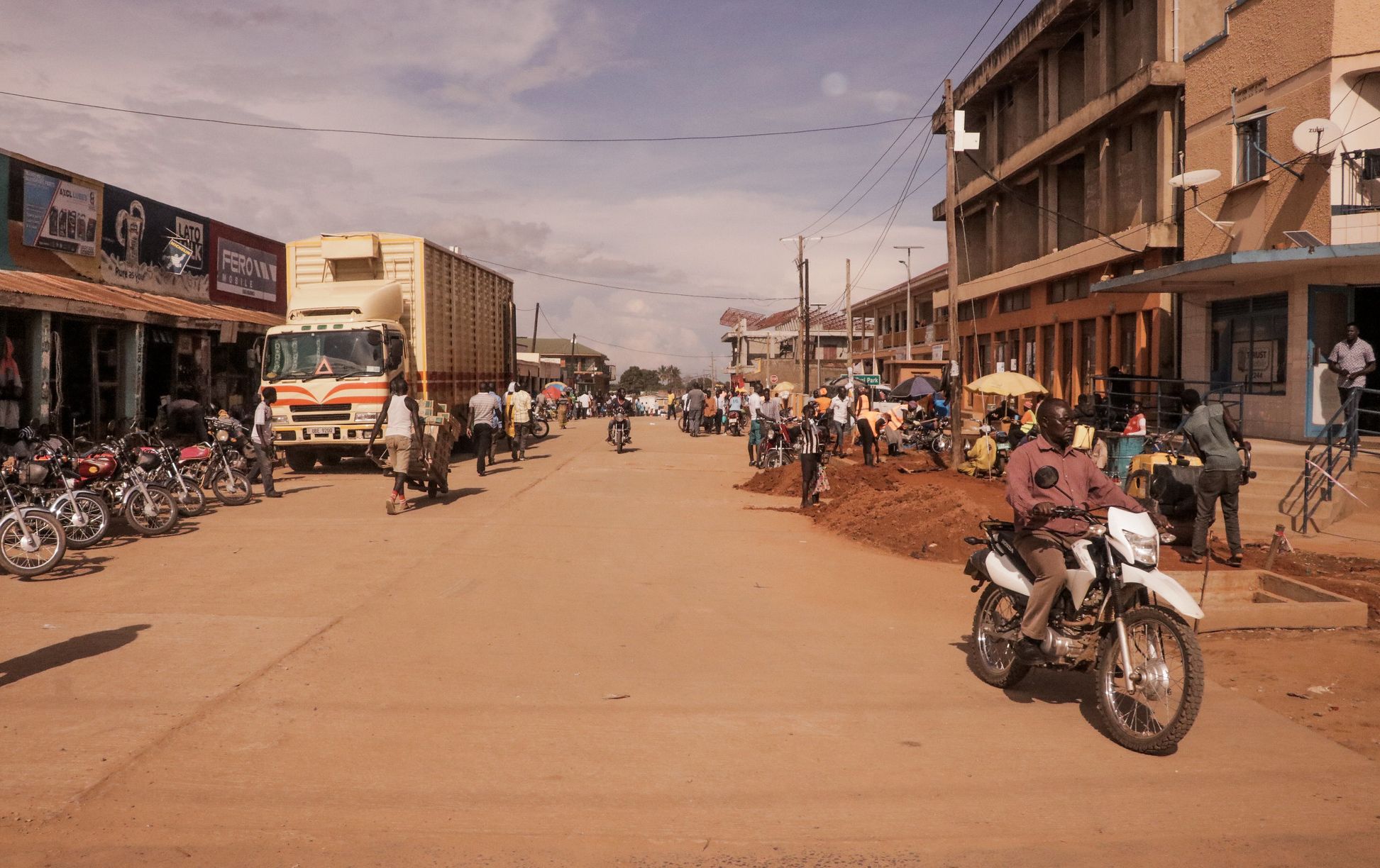The Role of Secondary Cities in a National System of Cities
Cities around the world are increasingly becoming the main drivers of trade, and local development. However, not enough attention is being paid to the fastest growing urban areas of all, and the ones with the greatest potential to shape our urban future: smaller or medium sized cities, or secondary cities.
These cities, ranging in size from between 150,000 and five million, represent one of the biggest opportunities for urbanising economies globally. Some 75 per cent of the world’s population lives in urban settlements of fewer than 500,000 people. Apart from their size, more important is their function and geographical location in a national system of cities. The way in which each city is connected to each other and to their rural hinterland gives evidence about the quality of a national urban system shaping flows of goods, services and people among it.
In many countries, most of the investment and policy attention is primarily put on the capitals constituting the political, cultural, social and economic centre of a country. Very often the role of secondary cities in a national system of cities is overlooked. As a result, many national economic policies fail to account for the dividends that a more balanced spatial development and conscious inter-city collaboration and connectiveness can generate. Henceforth, secondary cities are often left alone to shape the conditions for a more sustainable and economic development that leaves no one and place behind.
Operational Support to Secondary Cities
Secondary cities have become part and parcel of our Country Programmes as longer-term, programmatic approaches designed to improve cooperation among national and local governments, Non-Governmental Organisations, urban poor communities, academia and development partners. Building capacities at national as well as local government level to better understand and scale up interventions for secondary cities is key.
In Uganda, for example, the Country Programme initially focused on five secondary cities – Arua, Mbale, Mbarara, Kabale and Jinja – and was subsequently expanded to an additional nine cities through $150 million in World Bank financing. And in Burkina Faso, the Country Programme is supporting the secondary cities of Dori, Dedougou and Tenkodogo in building capacity to implement strategic development plans. In Tunisia, our focus has been on the lagging regions and their eight secondary cities: Béja, Gabès, Jendouba, Kairouan, Médenine, M’saken, Sidi Bouzid and Tataouine. In Kenya, Ghana and Bangladesh a three-year programme had inaugurated local partnerships to assess public service delivery in selected secondary cities and identified those service sectors with the biggest investment leverage for promoting equitable economic growth for formal as well as informal businesses.
Other regional initiatives, such as the Future Cities Africa Programme, have conducted Local Resilience Assessments across five dimensions: governance, economy, service, citizenship and environment. Future Cities Africa began with a selected set of African cities across different typologies:14 secondary cities in Uganda; two regional capitals in Ethiopia; the Nampula-Nacala-Tete urban corridor in Mozambique; and the Greater Accra Metropolitan Area (GAMA) in Ghana.
Finally, the Ethiopia Urban Expansion Programme started in 2013 as a collaboration between the Ethiopian Ministry of Urban Development and Construction and the Marron Institute of Urban Management at New York University to strengthen the capacity of four regional capitals—Mekele, Hawassa, Bahir Dar, and Adama—in preparing for their inevitable expansion. The collaboration was extended to fourteen additional cities in 2014 with the support of Cities Alliance. The programme allowed 18 Ethiopian cities to build over 500km of arterial roads on their urban peripheries, making room for at least 26,000 jobs and 140,000 new residents.
Fostering knowledge and advocating for Secondary Cities
Apart from its work on the ground, the Cities Alliance is a strong advocate for raising the profile of secondary cities through analytical work and global knowledge transfer. The organization was one of the first in the development community to focus on this issue in global advocacy. During the last 10 years a number of award-winning books have been published and informed a series of global conferences, such as the first First World Forum of Intermediary Cities, organised by United Cities and Local Governments (UCLG) in Chefchouen (Morocco). The following knowledge products provide a selected overview of our key publications.

Secondary Cities Post-COVID 19: Achieving Urban Sustainable and Regenerative Development in Emerging Economies
The book comprises a collection of vignettes outlining ideas and arguments about how secondary and intermediary cities can recover from the impacts of COVID-19 and adopt a pathway towards more sustainable and regenerative development. It explores nine key sub-themes to the recovery, based on the evidence and opinions of experts in each field. It provides policy and planning recommendations, as well as practical initiatives and approaches that secondary cities can use. The publication is also a farewell tribute to the work of William (Billy) Cobbett, outgoing Director of Cities Alliance.

National Enablers for Infrastructure Investment and Economic Development in Secondary Cities in Ghana and Uganda
The Local Economic Acceleration through Partnerships (LEAP) initiative aimed at addressing the obstacles to investment in rapidly growing cities in Uganda and Ghana by creating avenues for public-private dialogue and cooperation and connecting members and partners with industry leaders.
A key output of the LEAP project was the production of a report on “National Enablers for Infrastructure Investment and Economic Development in Secondary Cities in Ghana and Uganda”. Produced by UNCDF and in collaboration with Cities Alliance, the publication investigates the challenges faced by secondary cities in Ghana Uganda in financing development in general and infrastructure, in particular and reviews options for financing infrastructure available for both local and national governments.

Connecting systems of Secondary Cities
Using a range of case studies, this award-winning book investigates the role of soft and hard infrastructure connecting systems of secondary cities. It argues for a collaborative form of governance between cities to plan and invest into join connective infrastructure to foster equitable economic growth within and between cities.
In collaboration with the Inter-American Development Bank, the publication has been translated and published in Spanish. The Chinese Version was realised in collaboration with the China Center for Urban Development.

Managing Systems of Secondary Cities
The book provides data on the changing trends of secondary cities and the role they can play in regional and national development. It explores how to make these cities more prosperous and efficient. It reviews existing literature and trends, and redefines the concept of a secondary city within the global context.
In collaboration with the Inter-American Development Bank, the publication has been translated and published in Spanish.

City Development Strategy 2.0: a Toolkit
A City Development Strategy is a strategic urban planning tool that helps a city harness the potential of urbanisation. It also enables a city to develop a coordinated, institutional framework to make the most of opportunities. And, perhaps most importantly, a CDS gives residents a chance to have a voice in the future of the place where they live. The Cities Alliance supports cities in preparing city development strategies that link their economic growth and poverty reduction objectives, often including citywide slum upgrading strategies. The Cities Alliance supported the development of more than 250 CDS across the World.
The Cities Alliance’s innovation programme supporting new technologies and collaborative data initiatives through venture capital

Using particular micro and small grants in high-risk environments, the Innovation Programme identifies and supports innovative partnerships and approaches in cities of all sizes around the world. It enables Cities Alliance to create impact for catalysing change where it matters most; our small grants directly reach and benefit communities at the neighbourhood level.
By providing seed funding as well as access to networking and learning, Cities Alliance empowers its grantees to transform their communities and cities, catalysing the innovative potential within those spaces. The Cities Alliance Innovation Programme has supported projects that demonstrate diverse, smart ways of data collection to promote inclusive city planning and responsive service delivery. They are geographically diverse, and in some cases, active in multiple countries.

















